Essential Tips for Maintaining Hardwood Flooring
Hardwood flooring remains one of the most popular choices for homeowners thanks to its timeless beauty, durability, and value. However, keeping these elegant floors in top condition requires some mindful maintenance. Daily habits and seasonal care both play an important role in preventing wear and preserving appearance. With regular care and the right techniques, you can preserve the natural charm of your hardwood floors for years to come. Whether you’re a new owner or looking to extend the life of existing floors, these essential tips will help you maintain the lasting appeal of your hardwood flooring.
Cleaning Hardwood Floors Regularly
Regular cleaning is one of the most important steps in maintaining hardwood flooring. Even the smallest dust particles, when left to accumulate, can act like sandpaper, scratching and dulling the finish of your beautiful floors. That’s why routine sweeping, vacuuming, or dry mopping is recommended to keep grit and debris from settling into the grain. Keeping the floors clean not only preserves their appearance but also extends their lifespan.
We recommend cleaning high-traffic areas daily or several times per week, while less-used spaces can be swept weekly. When vacuuming, it’s best to use a soft-bristle attachment or one specifically designed for hardwood floors to prevent accidental scratching. For deeper cleaning, a lightly dampened microfiber mop with a hardwood floor cleaner can help maintain shine without saturating the wood. Remember, too much moisture can damage the floor over time, so always avoid soaking or steam mopping.
Controlling Indoor Humidity Levels
Humidity control plays a critical role in preserving hardwood flooring. Wood is a natural material that expands and contracts in response to moisture in the air. Too much humidity can cause boards to swell and cup, while too little can lead to shrinkage and gaps between planks. Maintaining stable indoor conditions helps prevent these common issues. Monitoring humidity levels regularly can help you take timely steps to protect your floors from damage.
It's good to maintain a moderate indoor humidity to protect your hardwood floors. In humid months, using a dehumidifier can help manage excess moisture in the air. During the dry winter season, a humidifier may be needed to offset the drying effects of heating systems. Keeping indoor humidity stable helps preserve both the appearance and the structural integrity of your floors, which can reduce the likelihood of future repairs.
Using Protective Pads and Rugs
Prevention is key when it comes to protecting hardwood flooring from everyday wear. Adding felt pads to the bottoms of chairs, tables, and other furniture creates a buffer that prevents scratches and dents. It’s important to check these pads periodically and replace them when they wear thin or collect dirt that could scratch the floor. Simple preventive steps like this can make a noticeable difference in the floor’s condition over time.
Strategically placing area rugs and runners in high-traffic zones, such as hallways and entryways, can also help reduce surface damage. Rugs trap grit and absorb foot traffic, lessening the impact on your hardwood floors. To avoid discoloration, opt for rugs with non-rubber, breathable backings that won’t trap moisture underneath. It’s also helpful to clean rugs regularly to prevent dirt buildup that can scratch the floor beneath. Rotating your rugs can also help keep wear patterns even throughout the room.
Polishing Floors Throughout the Year
Polishing adds more than just shine; it helps maintain a protective layer on the surface of hardwood flooring, preserving both appearance and durability. According to This Old House, hardwood floors should be polished two to four times per year, depending on usage and wear. Polishing can fill in microscopic scratches and rejuvenate dull finishes, extending the time between full refinishing jobs. Regular polishing also helps to seal the finish, protecting the wood from everyday wear and tear.
When polishing your floors, choose a product designed for your specific finish (such as polyurethane or wax-based coatings). Always start with a clean surface and follow the manufacturer's instructions carefully. Working in small sections allows you to achieve an even sheen without streaks or buildup. Regular polishing is a simple yet effective way to refresh the look of your floors while adding another layer of protection against everyday wear.
Addressing Spills and Stains Promptly
Quick action is vital when dealing with spills and stains on hardwood flooring. Liquids can penetrate the surface quickly, leading to staining or even warping if left unattended. That’s why it’s important to wipe up spills immediately using a soft, dry cloth. For sticky or stubborn messes, a slightly damp cloth followed by drying with a towel works well. Prompt cleaning helps prevent permanent damage and keeps your floors looking their best.
When treating stains, always use cleaning solutions recommended for hardwood flooring, avoiding harsh chemicals that could damage the finish. For oil-based stains or ink spots, a gentle solvent like mineral spirits can help, but it’s wise to test in an inconspicuous area first. Avoid excessive water, vinegar, or ammonia-based cleaners, as they can dull the surface and degrade protective coatings over time. Addressing spills quickly helps preserve the appearance and longevity of your floors.
Refinishing Floors When Necessary
Even with excellent maintenance, hardwood flooring will eventually show signs of wear, especially in high-traffic areas. Deep scratches, dullness, discoloration, and visible wear on the finish are signs that refinishing may be needed. Refinishing restores the surface by sanding away the old finish and applying a new protective coat, bringing back the original beauty of the wood. It’s an effective way to breathe new life into aging floors and maintain their long-term value.
The frequency of refinishing depends on several factors, including floor thickness, wood type, and how much wear the surface has endured. In our experience, some floors may go years before needing refinishing, while others might require attention sooner. Consulting a flooring professional can help determine when the time is right. Refinishing not only enhances appearance but also protects the wood from further damage, adding years of life to your hardwood flooring investment.
Knowing When to Consult a Flooring Professional
While regular cleaning and polishing help keep hardwood floors looking their best, there are times when professional refinishing or replacements may be necessary. Flooring specialists can evaluate the condition of your floors and recommend the most effective way to restore their beauty. Signs such as dullness, deep scratches, or uneven wear indicate it might be time to seek expert advice. Addressing these issues early can prevent more extensive damage and higher costs later on.
If your floors have not been refinished in a long time or if damage has become noticeable, consulting a reputable flooring company can help you explore options for refinishing or replacements. Getting a professional opinion can provide clarity on what your floors need to stay in great shape. Taking this step can extend the life of your hardwood flooring and preserve its value and appearance for years to come.
Consistent care and mindful maintenance are key to keeping hardwood flooring looking beautiful and performing well for years to come. By following these essential tips, cleaning regularly, controlling humidity, using protective pads, polishing seasonally, addressing spills promptly, and refinishing when needed, you can safeguard your floors and enjoy their natural elegance.
If you’re considering new flooring or refinishing your existing hardwood, H & H Hardwood Floors Austin can help. We offer high-quality hardwood flooring and expert refinishing services to enhance your space. Contact us today to learn more.
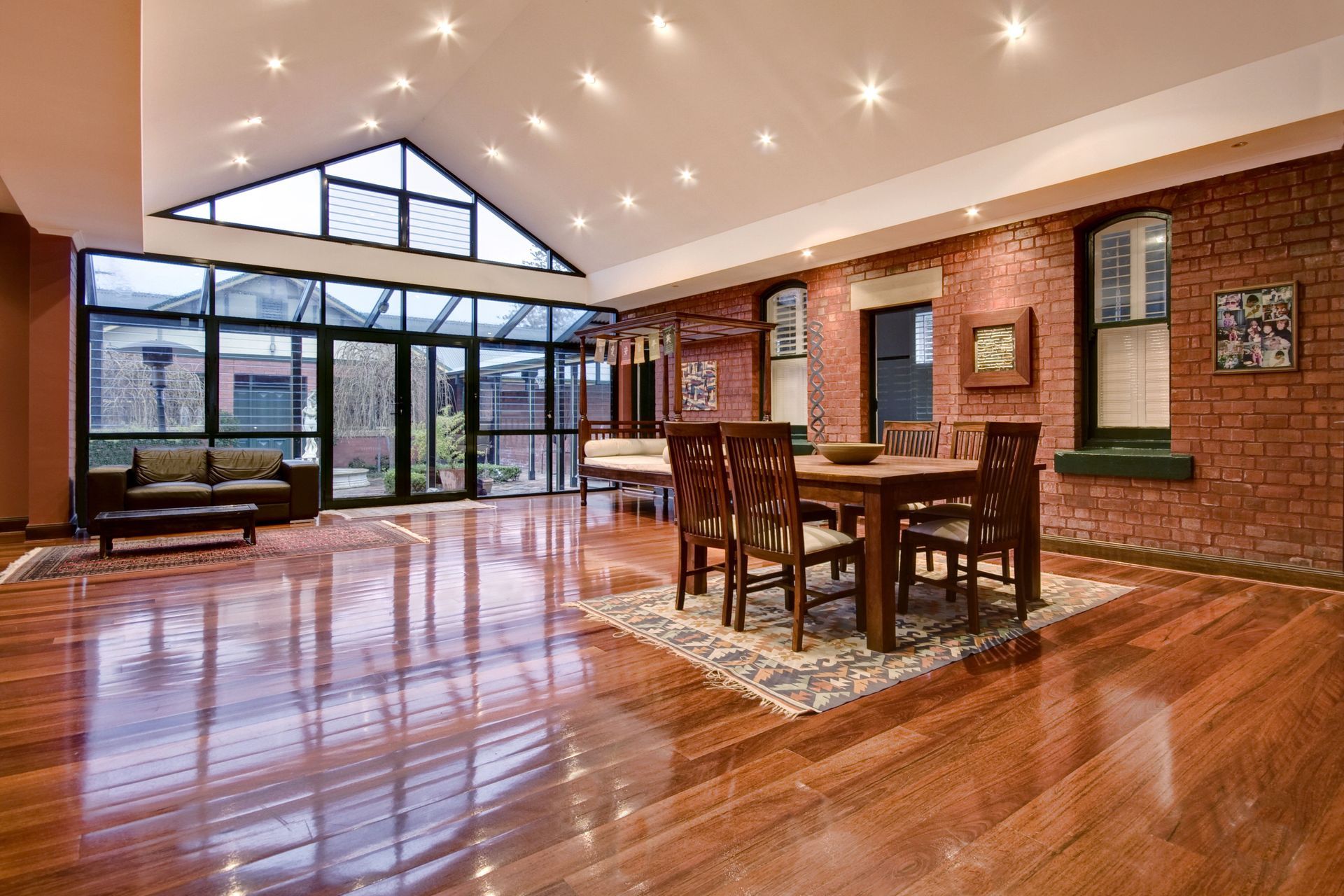



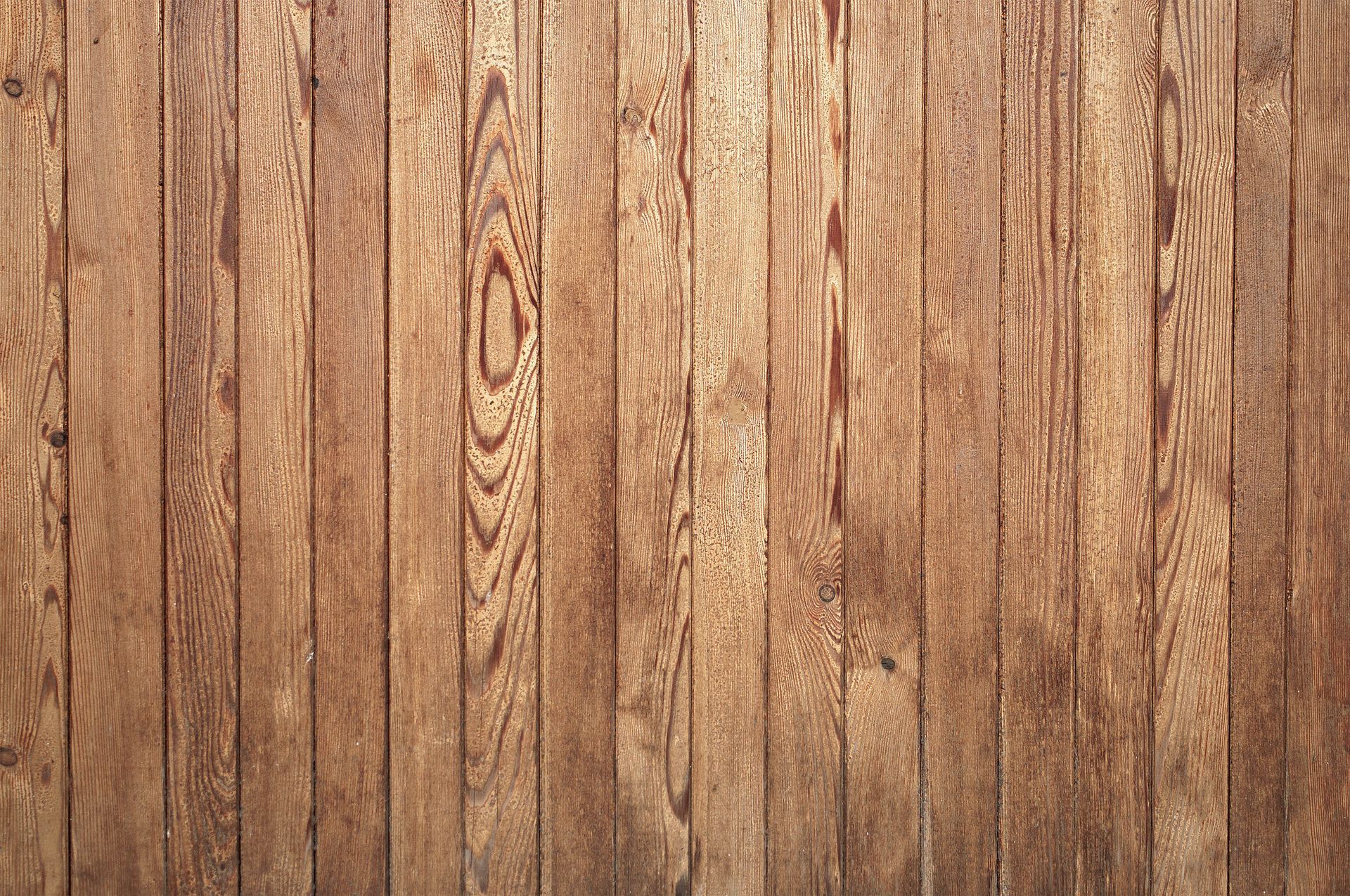
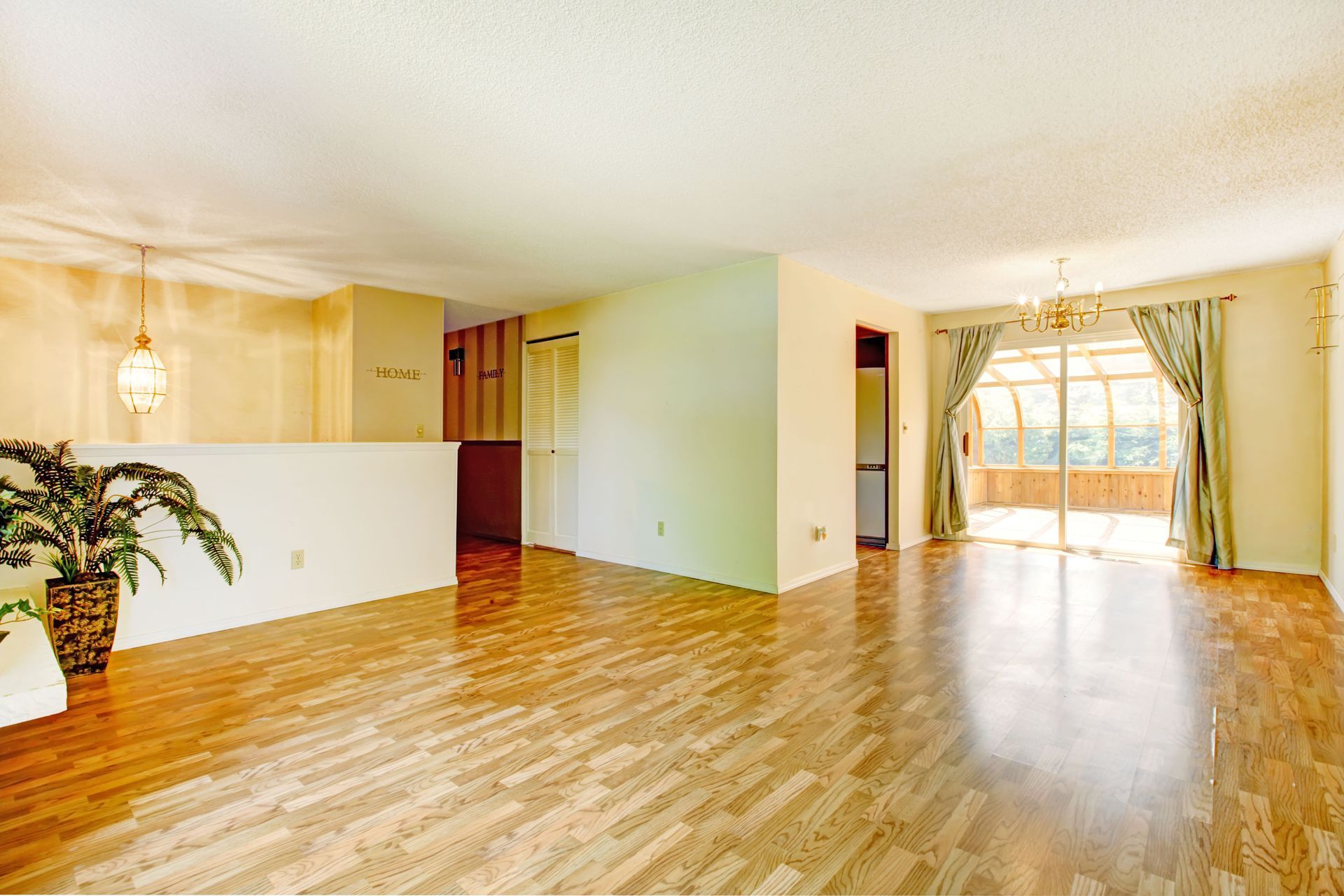






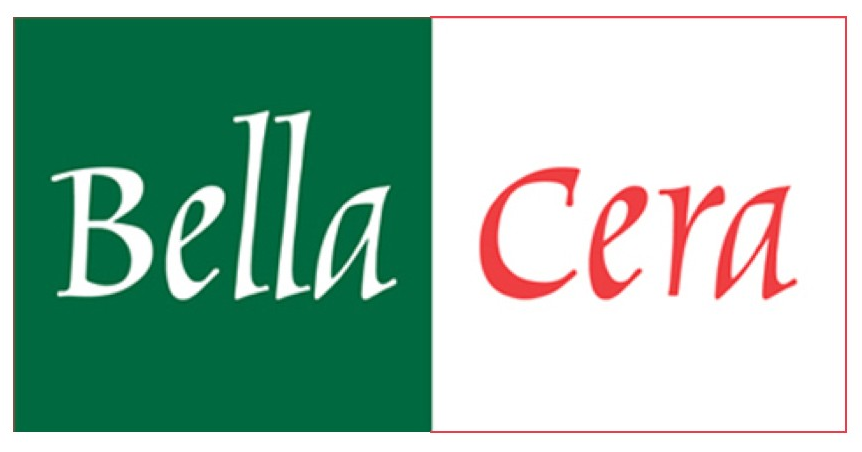
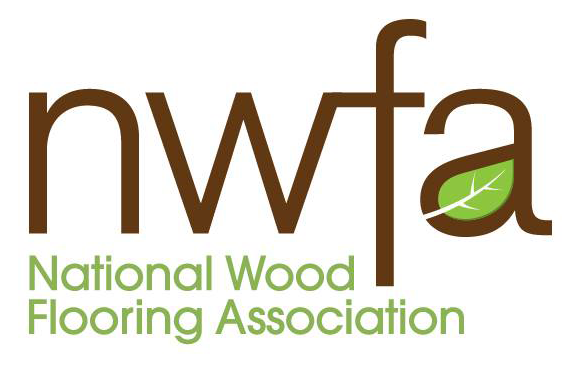
Share On: